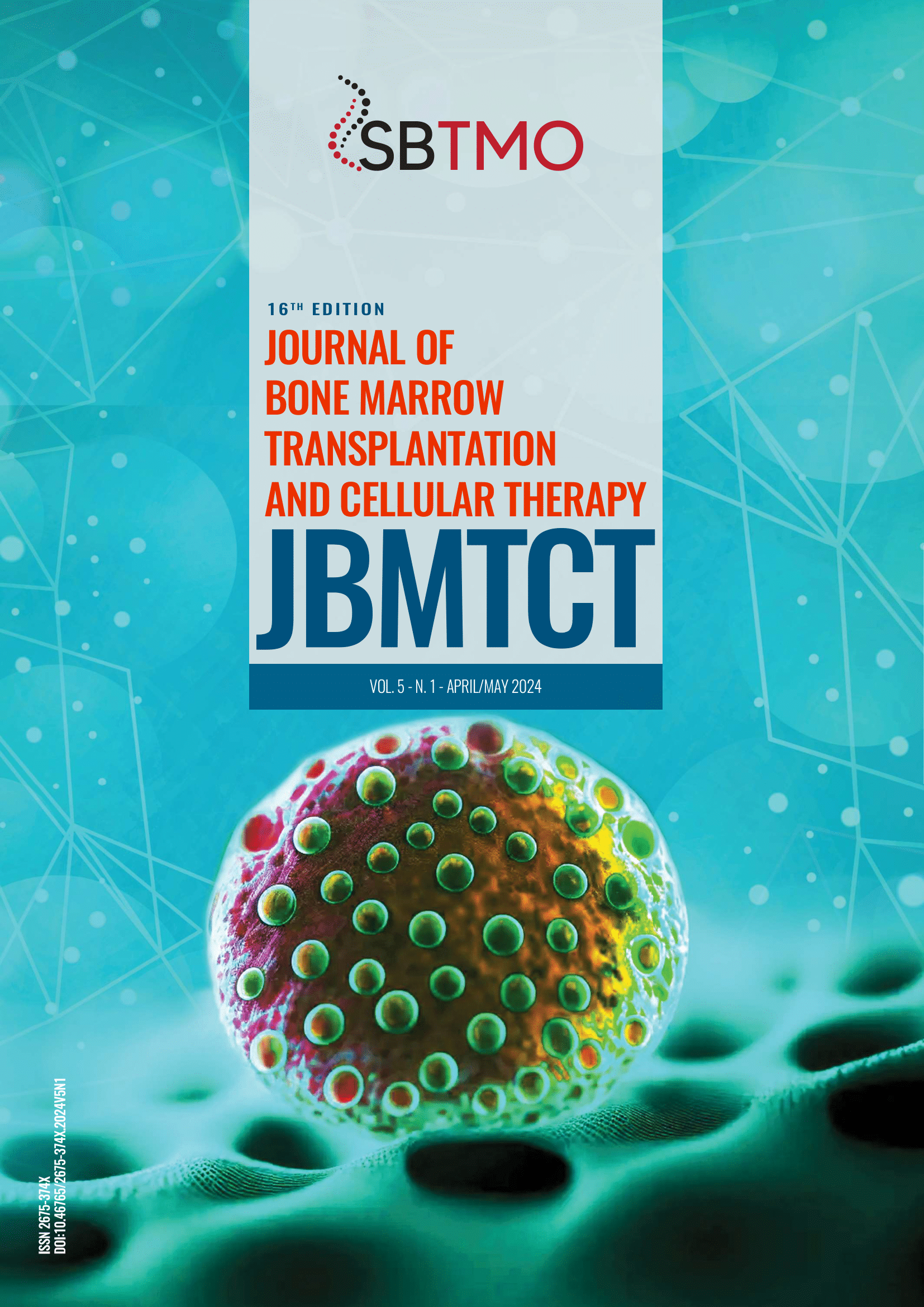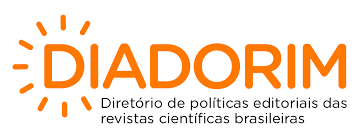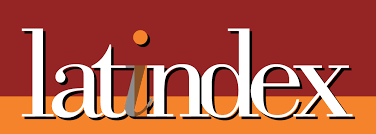MODELS OF HLA-DPB1 PERMISSIVENESS AND UNRELATED DONOR HEMATOPOIETIC CELL TRANSPLANTATION
DOI:
https://doi.org/10.46765/2675-374X.2024v5n1p221Abstract
In current allo-HCT practice, a fully HLA-matched sibling donor is the best donor associated with improved transplant outcomes. When a matched sibling donor is unavailable, the second best available donor option is a matched unrelated donor (MUD), either HLA 8/8 or HLA 10/10. One notable characteristic in the MUD setting is that HLA-DPB1 mismatches are present in around 80/85% of unrelated donor/recipient pairs. This unique feature has an additional layer of complexity as these HLA-DPB1 incompatibilities may be further divided into permissive and non-permissive mismatches by two biological-driven permissiveness models, namely T-cell epitope (TCE) and DP expression. In the current review article, we described the basics of T-cell allorecognition, the unique HLA-DPB1 immunogenetics, the early conflicting results regarding HLA-DPB1 mismatching in allo-HCT, the development and the clinical impact of T-cell epitope and Expression models, the new indirect allorecognition algorithm of HLA-DPB1 permissiveness (PIRCHE model), the role of HLA-DPB1 in nonmalignant disease setting, and future perspectives on HLA-DPB1 permissiveness.
Keywords: HLA-DPB1, Permissive mismatch, Unrelated donor
Downloads
Published
How to Cite
Issue
Section
License
Copyright (c) 2024 JOURNAL OF BONE MARROW TRANSPLANTATION AND CELLULAR THERAPY

This work is licensed under a Creative Commons Attribution 4.0 International License.









